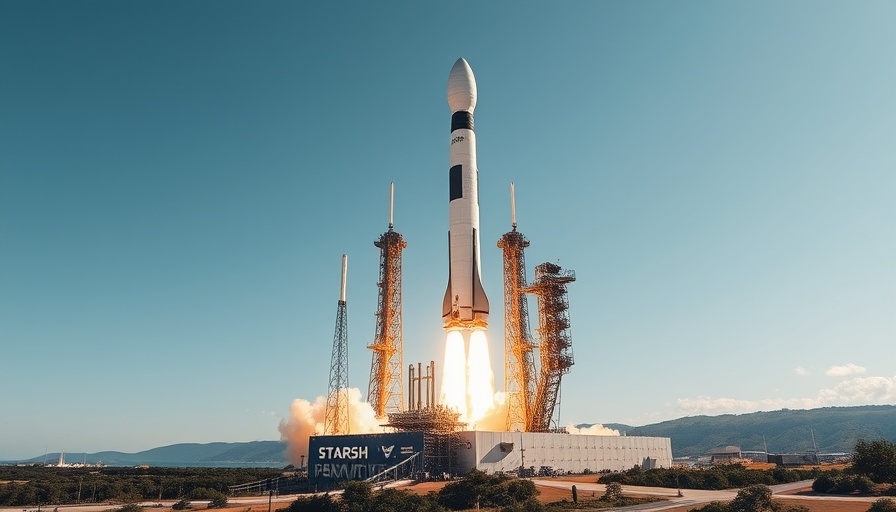
Ghost Jumps into the Fediverse: A Game-Changer for Publishers
The world of online publishing is rapidly evolving, and Ghost, an open-source alternative to Substack, is making waves by connecting to the fediverse. This innovative step allows users to leverage the power of federated platforms, notably those using ActivityPub, which include popular networks like Mastodon and Pixelfed. This integration means that authors can now share their content across multiple platforms seamlessly, expanding their reach and enhancing user engagement.
What is the Fediverse and Why It Matters
The fediverse, or federalized universe, refers to a network of servers that communicate with one another through open protocols. This decentralized model fosters a more democratized internet where users have more controls over their data and interactions. For publishers utilizing Ghost, this means a broader audience that transcends traditional barriers while creating a more inclusive social media ecosystem.
New Features for Ghost Users Connected to the Fediverse
Ghost's recent move introduces several features designed to help its users thrive in the fediverse ecosystem. Publications can now create a unique handle (@index@yoursite.com) that helps followers track their posts across different networks. This feature emphasizes personalization, as soon users will be able to customize their handles even further. The rollout of a social web reader allows users to keep tabs on trending content, providing an integrated space for both short- and long-form articles. With this blend of content, publishers can effectively engage users in varied consumption patterns.
The Potential Impact on Reader Engagement
As Ghost enriches its platform, the potential impact on reader engagement could be significant. The new Inbox feature mimics an email inbox, enabling users to receive long-form content alerts and opening up avenues for authors to connect with their audience meaningfully. With notifications alerting users of follows, replies, and likes, engagement metrics are likely to rise, fostering community interaction around published articles.
Challenges and Opportunities Ahead
However, with great opportunity comes challenges. Compatibility issues persist, especially with platforms such as Meta’s Threads, where interactions between Ghost users are currently blocked. This situation reflects the complex nature of integrating diverse platforms. Ghost's proactive approach to announce these limitations highlights its commitment to transparency while navigating the connected universe of the fediverse.
Looking Forward: What Does This Mean for Future Tech Trends?
Ghost's integration with the fediverse signals a pivotal trend in the tech industry: the move toward a more interconnected and user-centric internet. This evolution isn't just about technology; it's about redefining how we consume and share information. As users increasingly favor platforms that prioritize user autonomy and connection, the implications for content creators, readers, and advertisers will be monumental. With this shift, ethical publishing and ad transparency are crucial to nurturing trust in the digital space.
Concluding Thoughts on the Future of Online Publishing
Ghost's leap into the fediverse represents more than just a technical upgrade; it's a bold stride toward redefining the publishing landscape. For writers and content creators, this enhanced connectivity offers a unique opportunity to broaden their audience while forging more authentic engagements. As the digital world continues to evolve, staying attuned to these developments can certainly empower users to shape their digital narratives and community engagement better.
 Add Row
Add Row  Add
Add 



Write A Comment